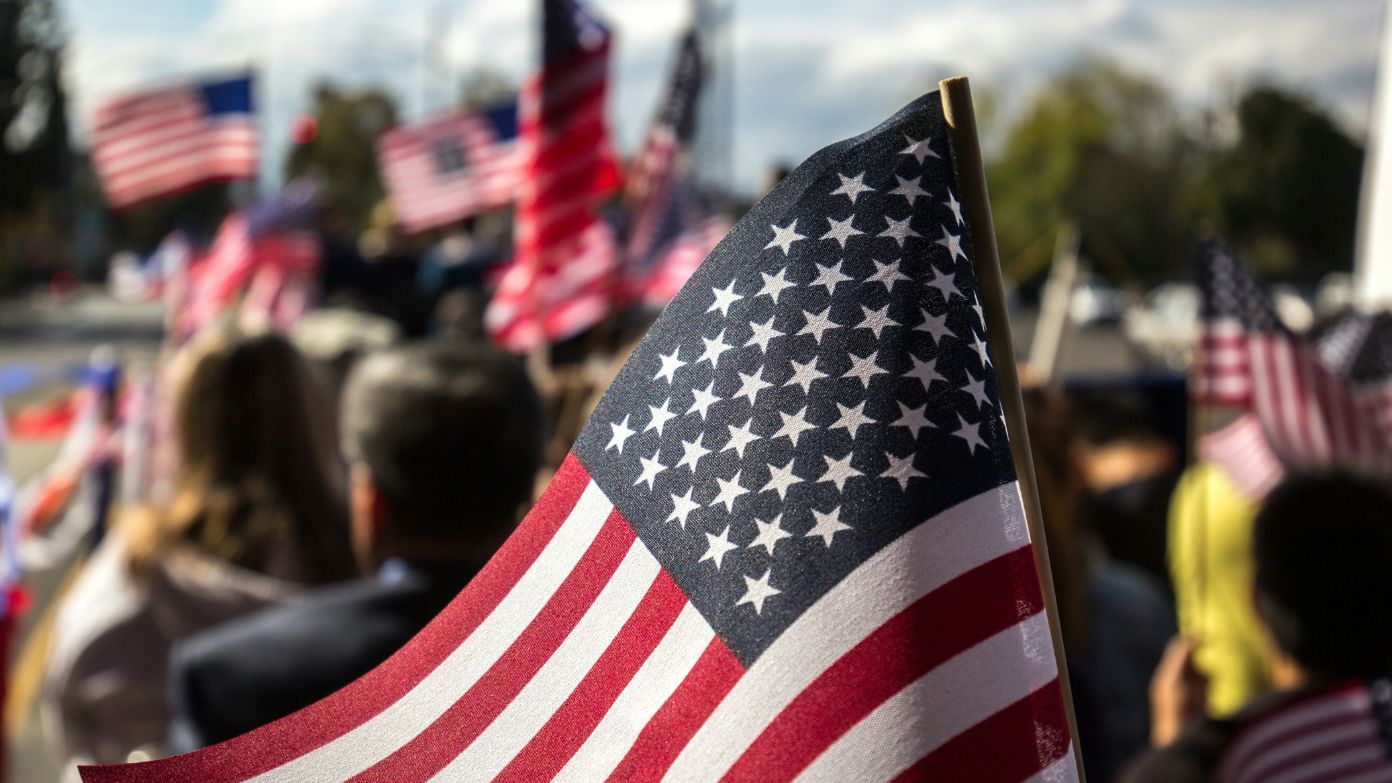Millions of Americans who once relied on Rite Aid for their prescriptions now have some peace of mind. CVS Pharmacy has stepped in to acquire key Rite Aid assets following the company’s bankruptcy, including the prescription records from 626 stores. This deal not only saves access to medications for millions but also helps preserve jobs and pharmacy care in many communities.
What did CVS acquire from rite aid
CVS announced on Oct. 15 that it would take over prescription files from 626 Rite Aid stores, spread across 15 states. Along with the prescription records, CVS also acquired retail locations in Idaho, Oregon, and Washington.
The impact is huge: more than 9 million former Rite Aid and Bartell Drugs patients will now have their prescriptions handled through CVS.
Len Shankman, President of Pharmacy and Consumer Wellness for CVS Health, explained the move clearly in a company statement: “We’re helping maintain and expand access to convenient and trusted pharmacy care across the U.S. and growing our retail footprint and presence in local communities.”
For everyday customers, that means you should still be able to pick up your prescriptions at a nearby CVS without major disruption.
What happens to rite aid customers now
If you were a Rite Aid customer, here is what this change means for you:
- Your prescription records are safe: CVS has already secured the files from 626 stores.
- You may not need to travel far: CVS shared that most locations receiving Rite Aid prescription files are located within three miles of a former Rite Aid.
- Staff you know may still be there: CVS has hired more than 3,500 former Rite Aid and Bartell Drugs employees, which should help keep some familiar faces in local stores.
In other words, your pharmacy care is continuing with as little interruption as possible.
Recommended:
Why did rite aid file for bankruptcy again
This is the second time Rite Aid has filed for Chapter 11 bankruptcy since October 2023. The company announced its latest filing in May 2025, and by October 3, all its stores were closed.
Matt Schroeder, CEO of Rite Aid, emphasized the importance of protecting customers during the transition: “A key priority for Rite Aid is to ensure that as many of our loyal customers as possible continue to receive the pharmacy services and care they require without interruption.”
Bankruptcy does not just affect customers. It has also meant restructuring, store closures, and the sale of key assets, like the prescription files CVS has now taken on.
Where did other rite aid assets go
CVS was not the only company to acquire Rite Aid assets. Prescription files from other Rite Aid locations were sold to different chains, spreading customer records across multiple companies.
Here is where some of the assets went:
- Walgreens: Acquired files from select Rite Aid pharmacy locations in nine states.
- Albertsons, Kroger, and Giant Eagle: Each took on prescription files in different areas.
- Thrifty Ice Cream: A longtime Rite Aid staple was sold to Hilrod Holdings, linked to Monster Beverage Corporation executives Hilton Schlosberg and Rodney Sacks.
Hilrod Holdings said in August that they “plan to revitalize Thrifty without altering the core of what made it unforgettable for over 85 years.”
What this deal means for customers and employees
This deal is good news for both customers and workers. For patients, it means continued access to their medications without long delays or complicated transfers. For employees, it means jobs saved—CVS has already hired thousands of former Rite Aid staff.
At a time when many Americans are worried about the stability of their healthcare access, this acquisition shows how big players like CVS are stepping in to fill the gap.
Recommended:
Used-car giant files for bankruptcy with over 25,000 creditors
This bowling and food chain just hit bankruptcy — what’s next?

